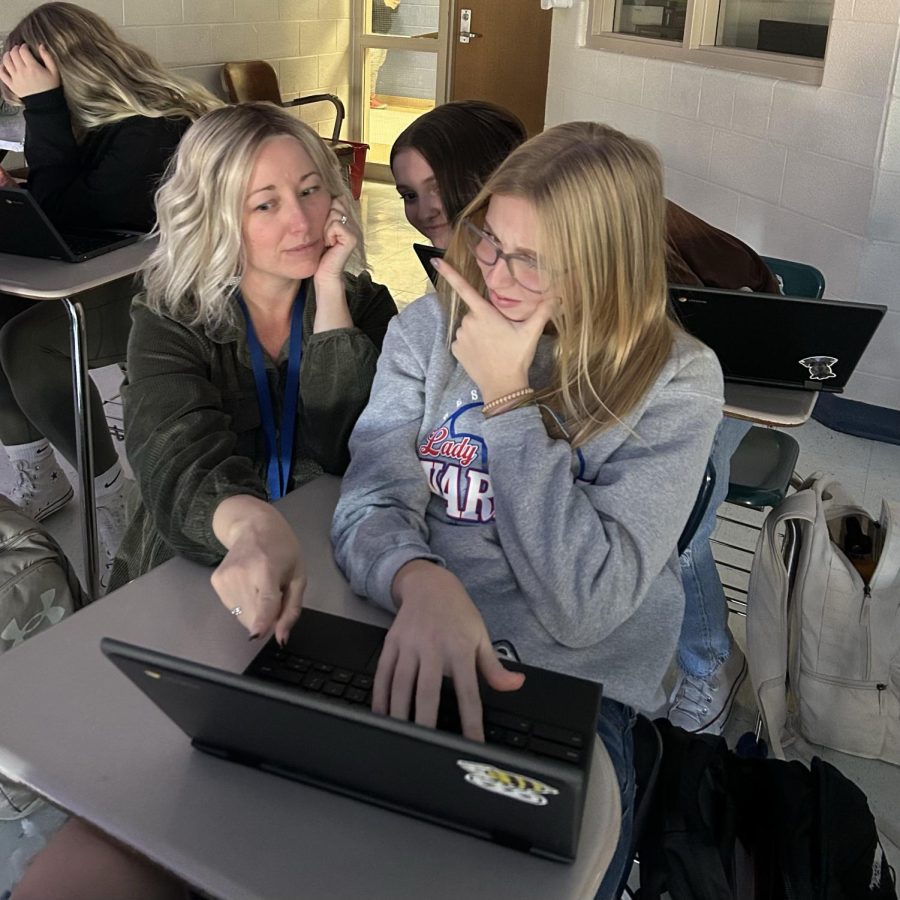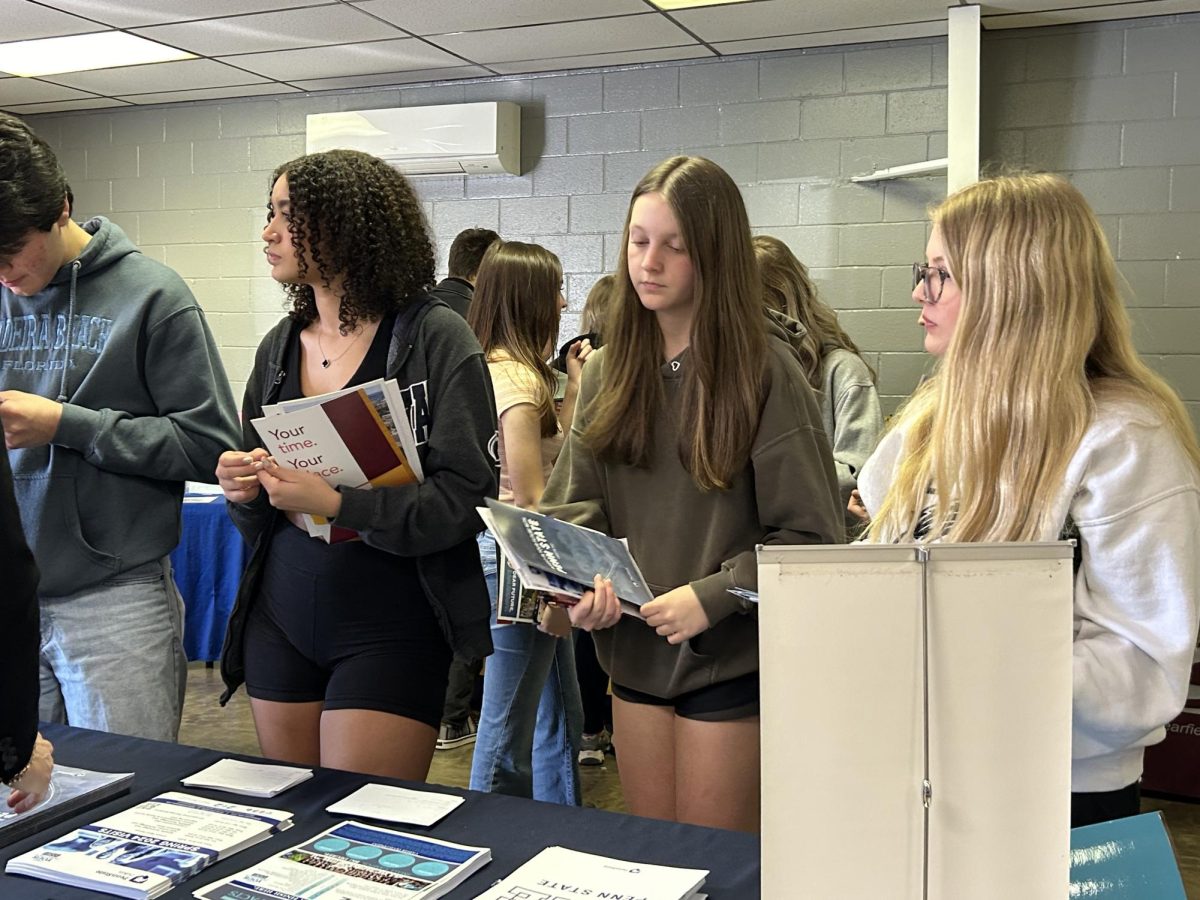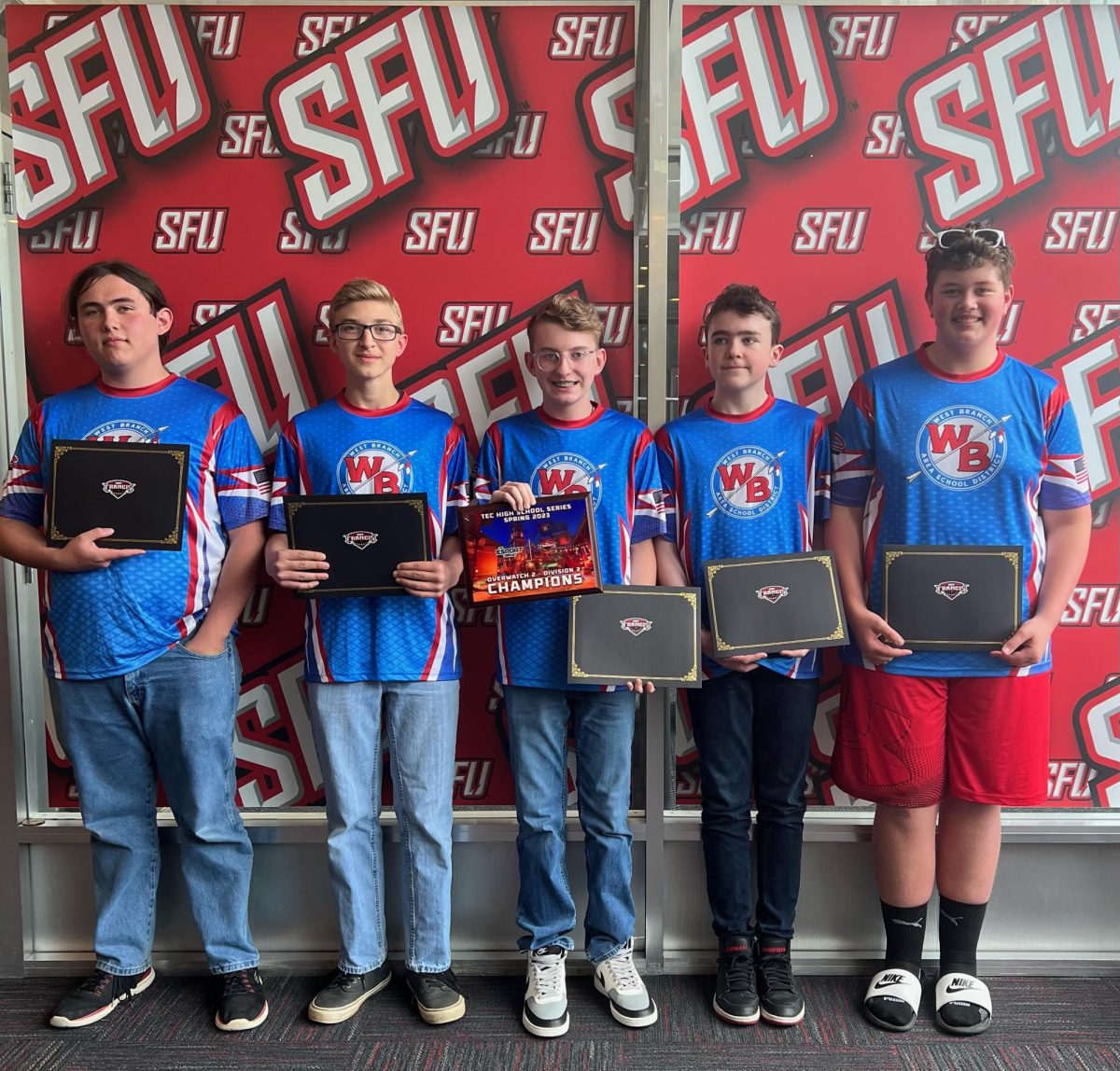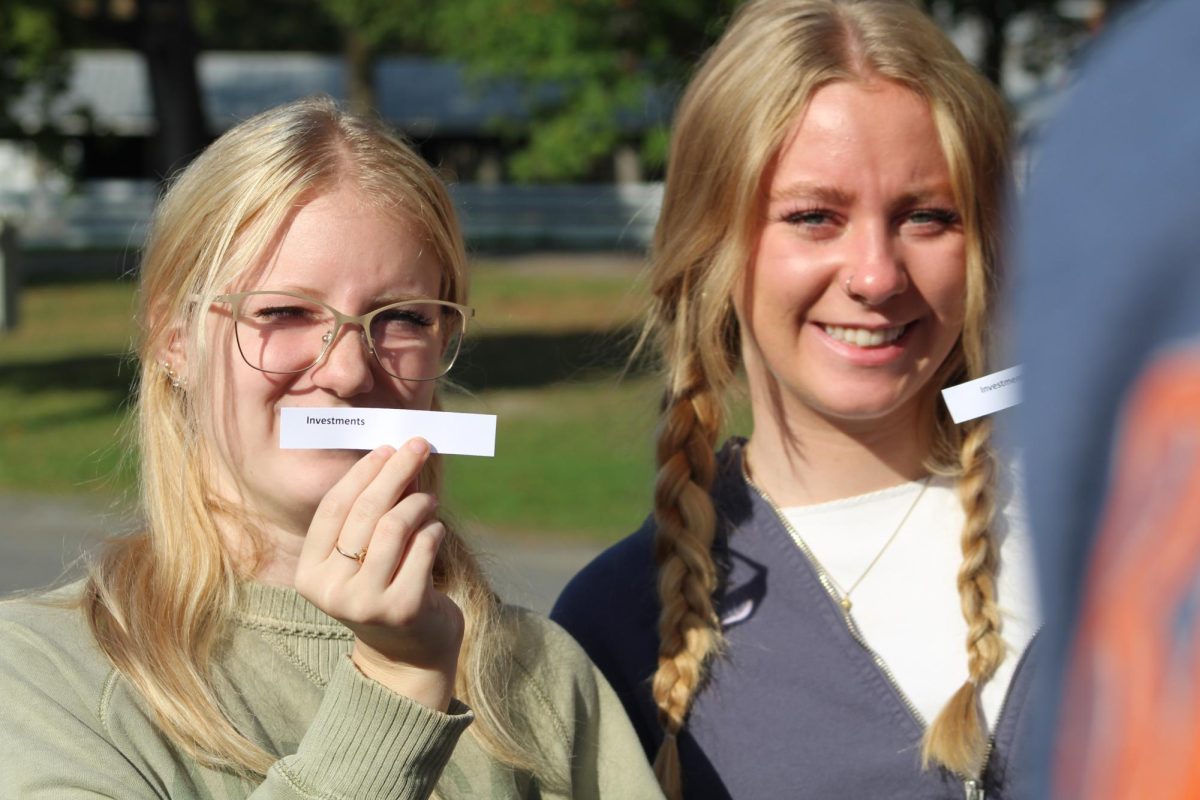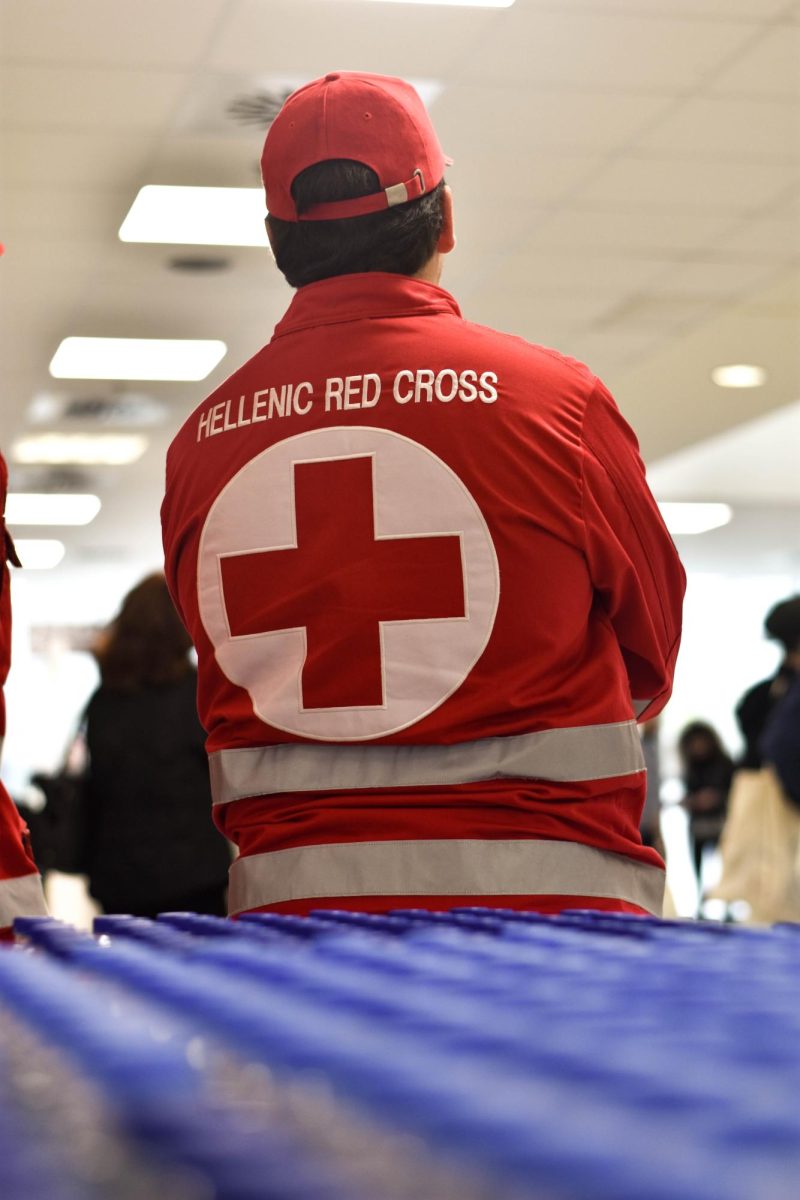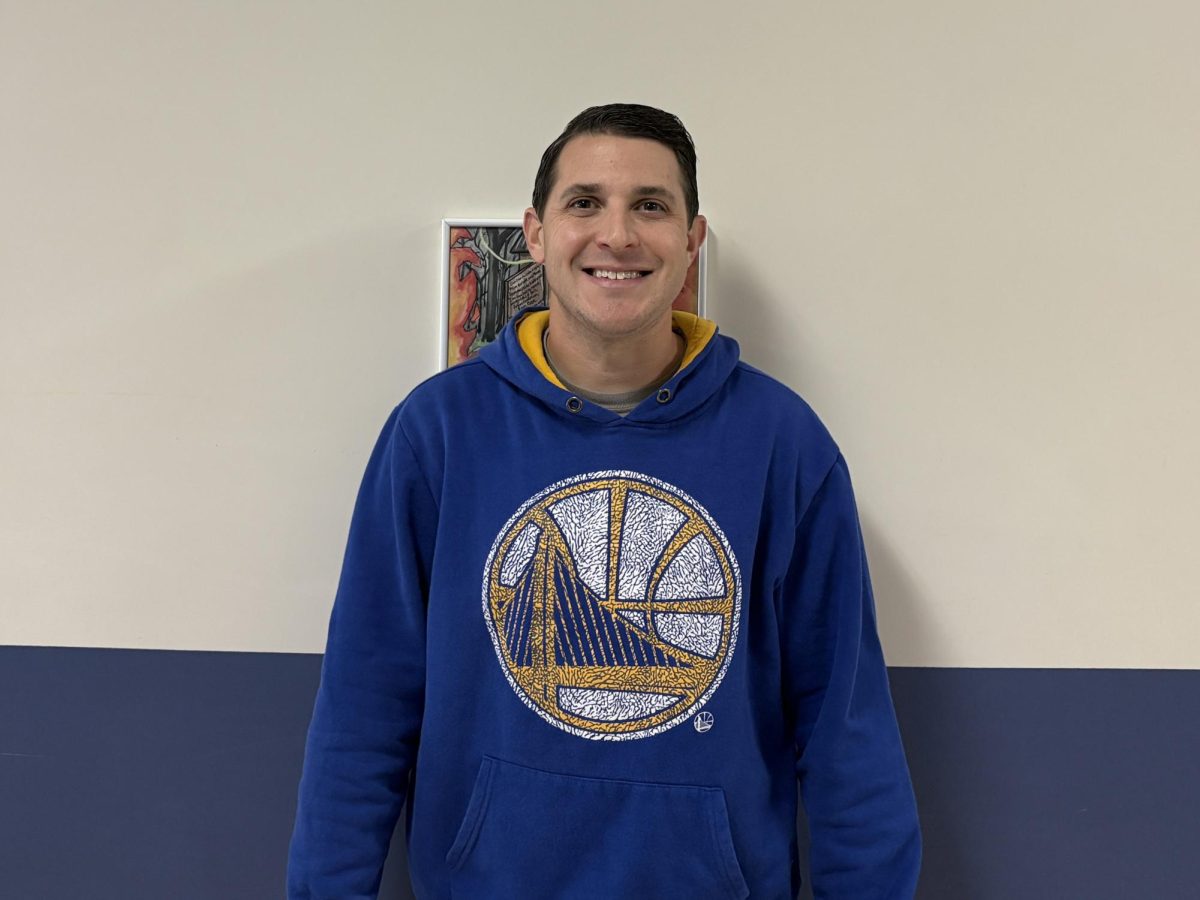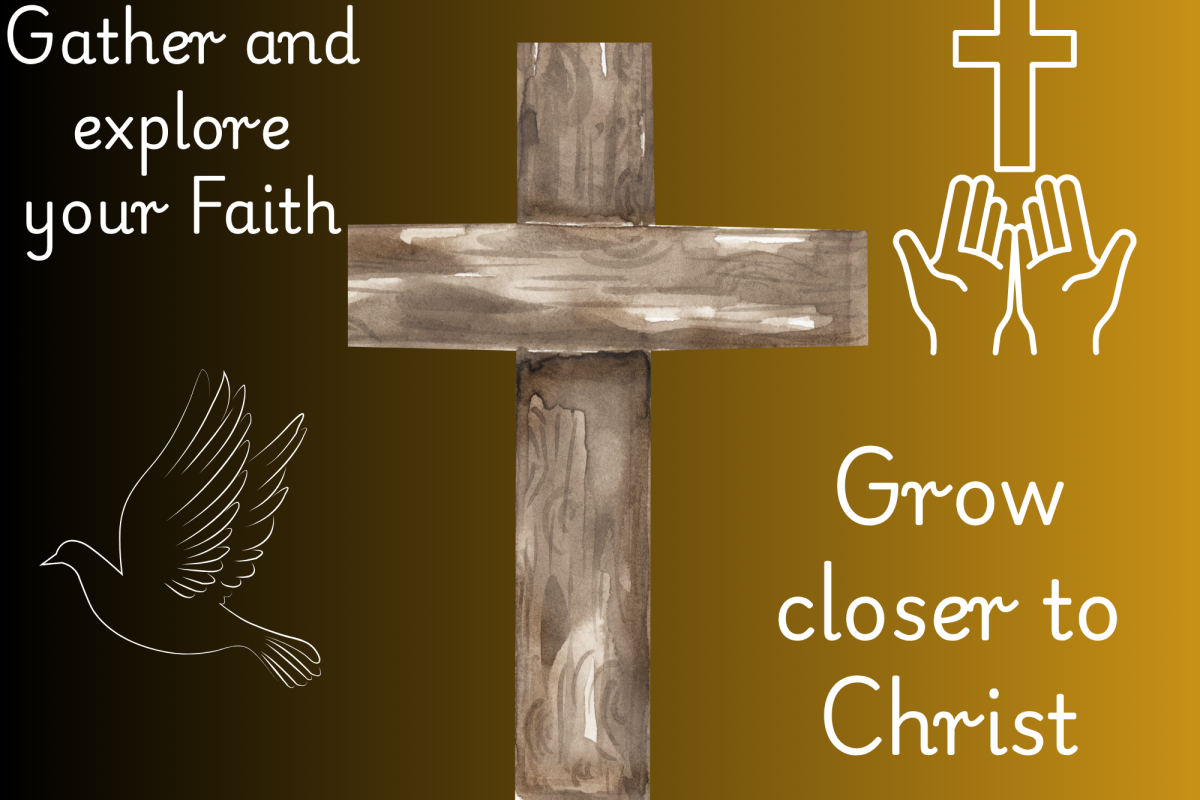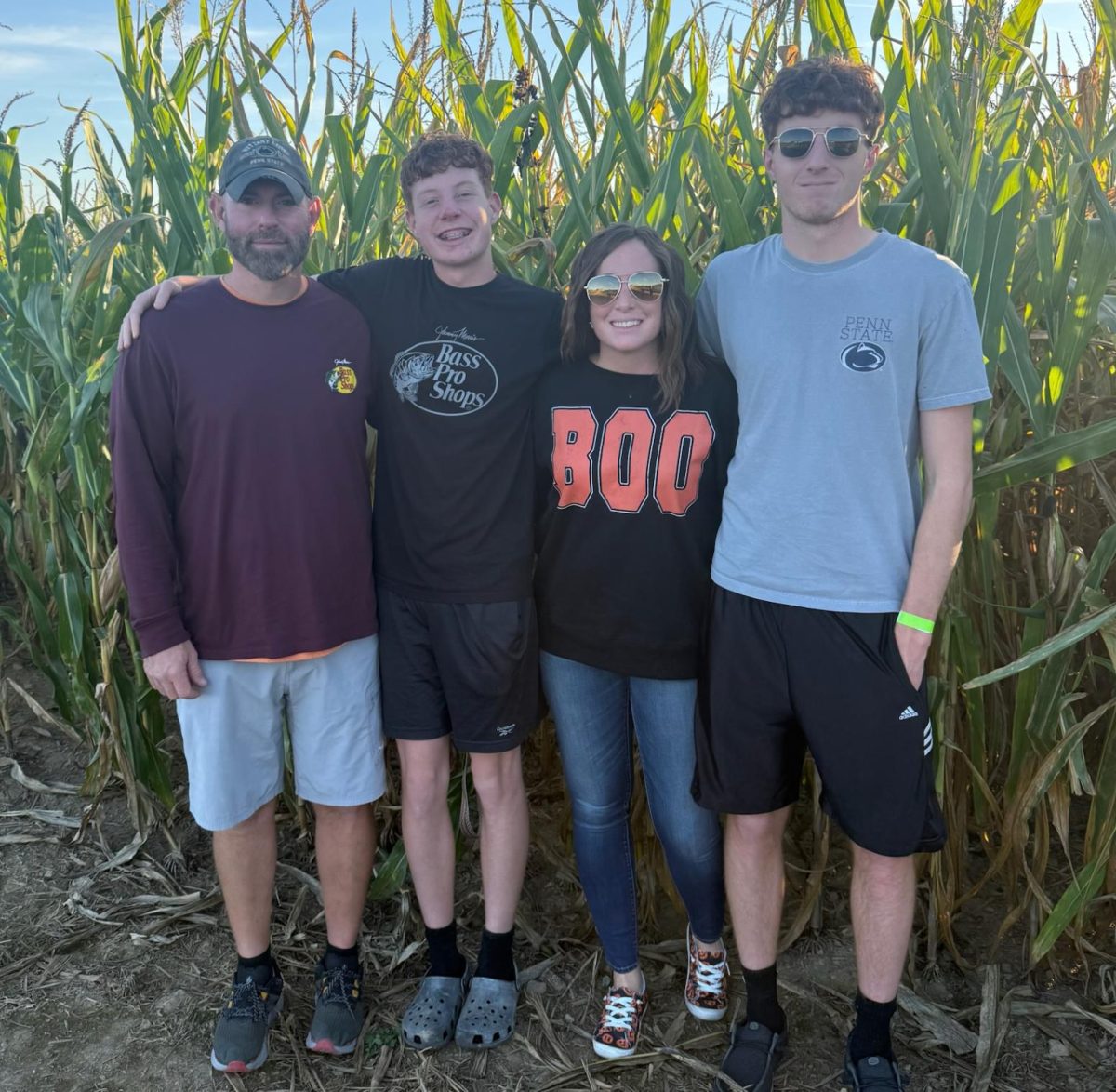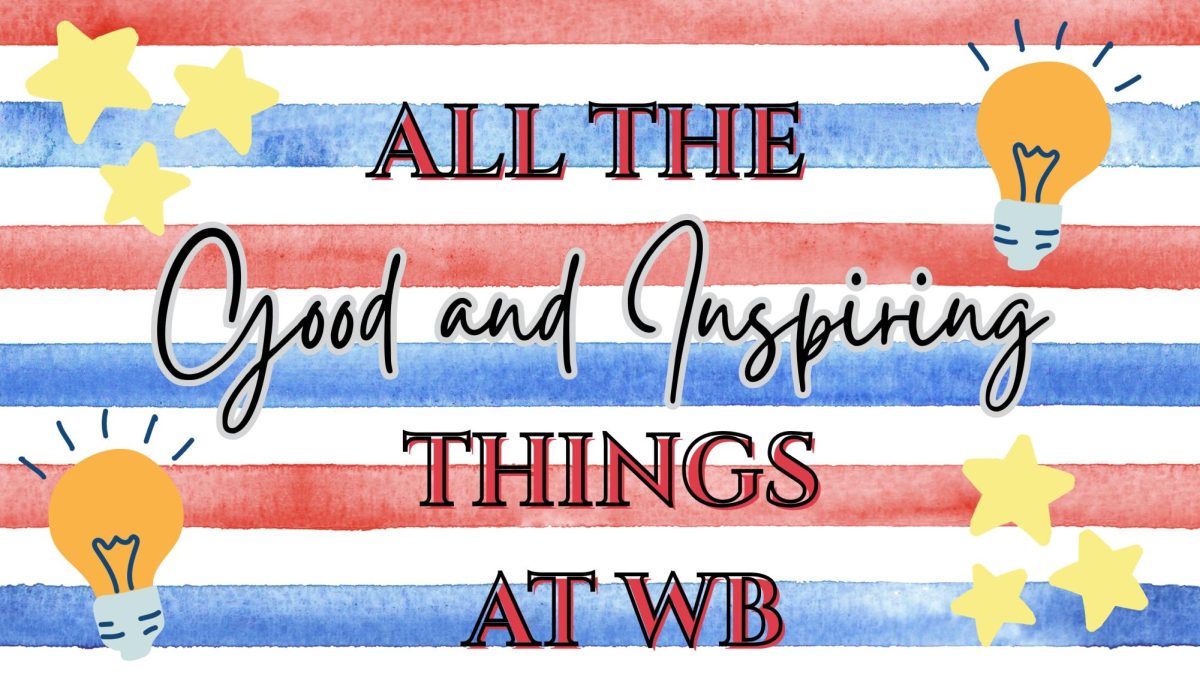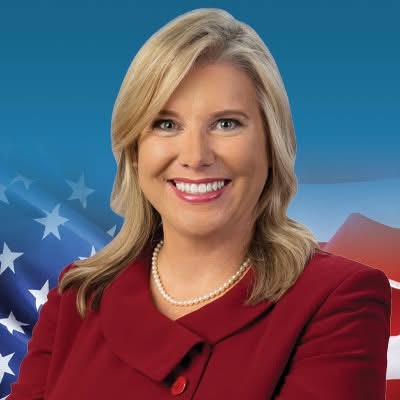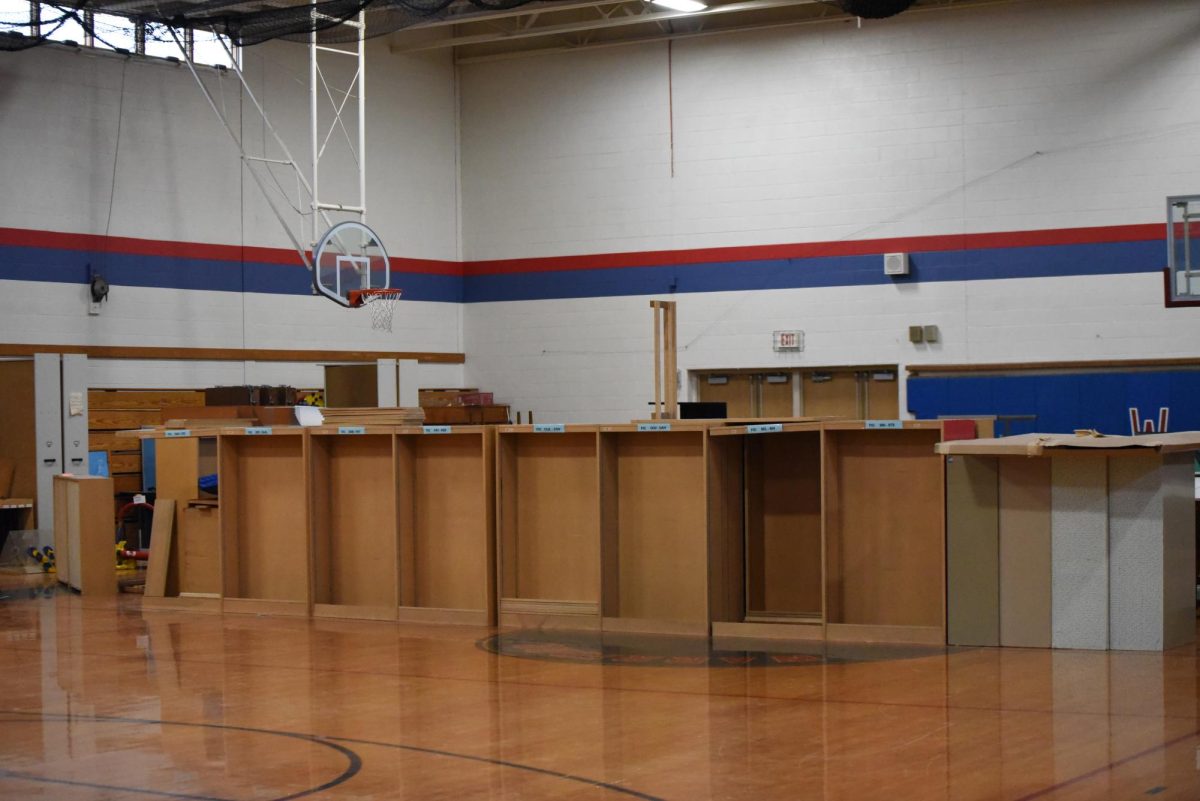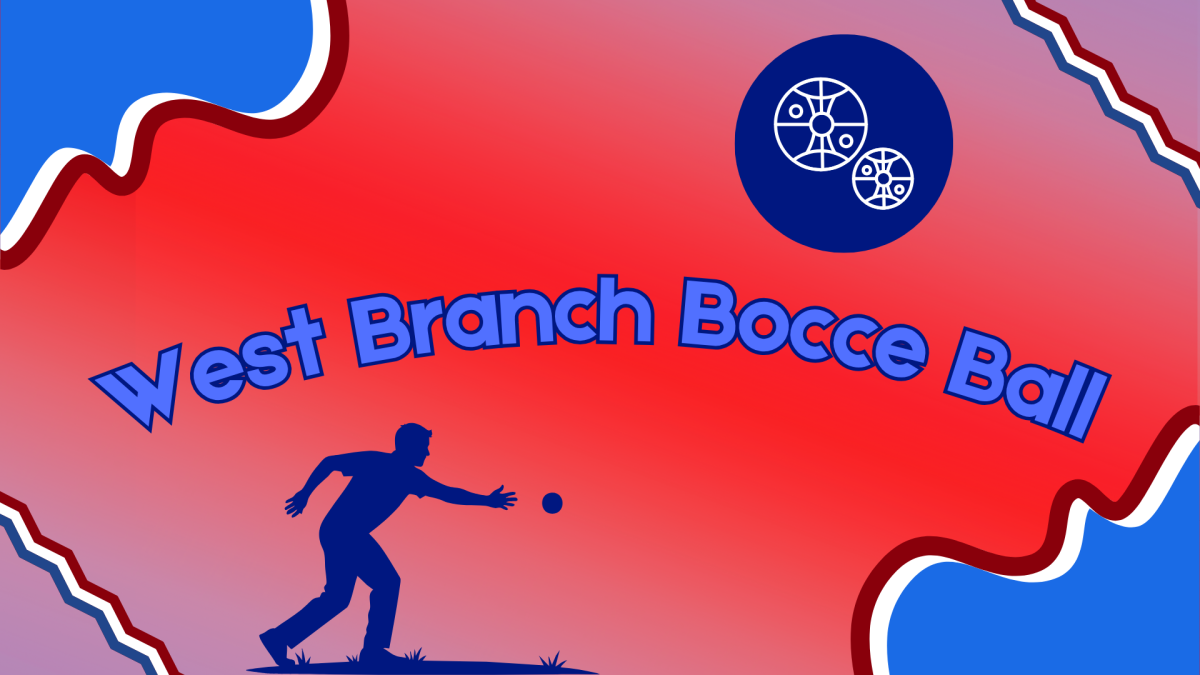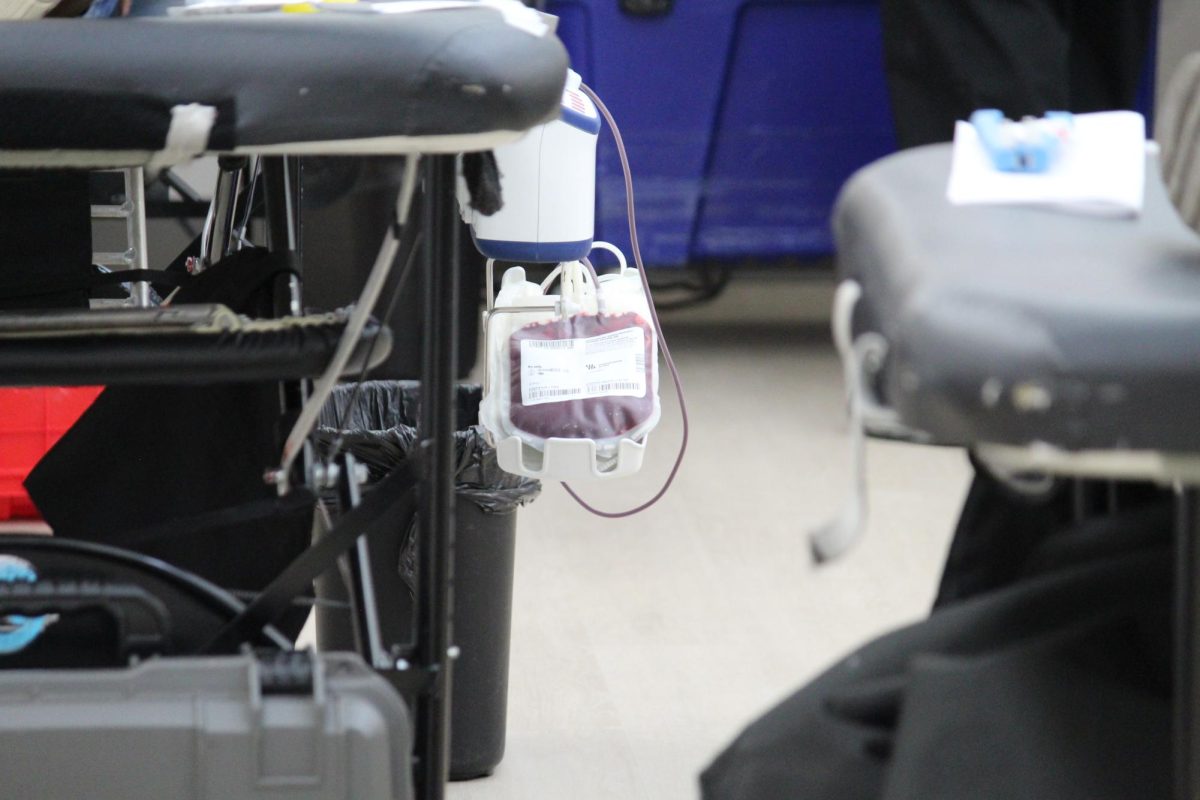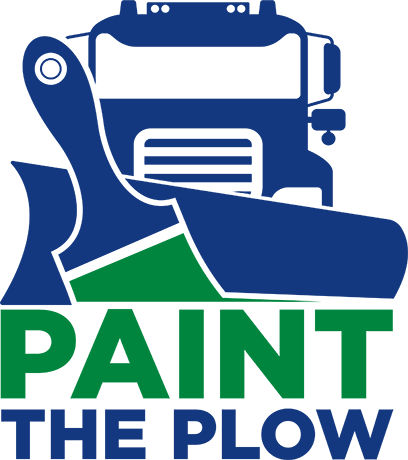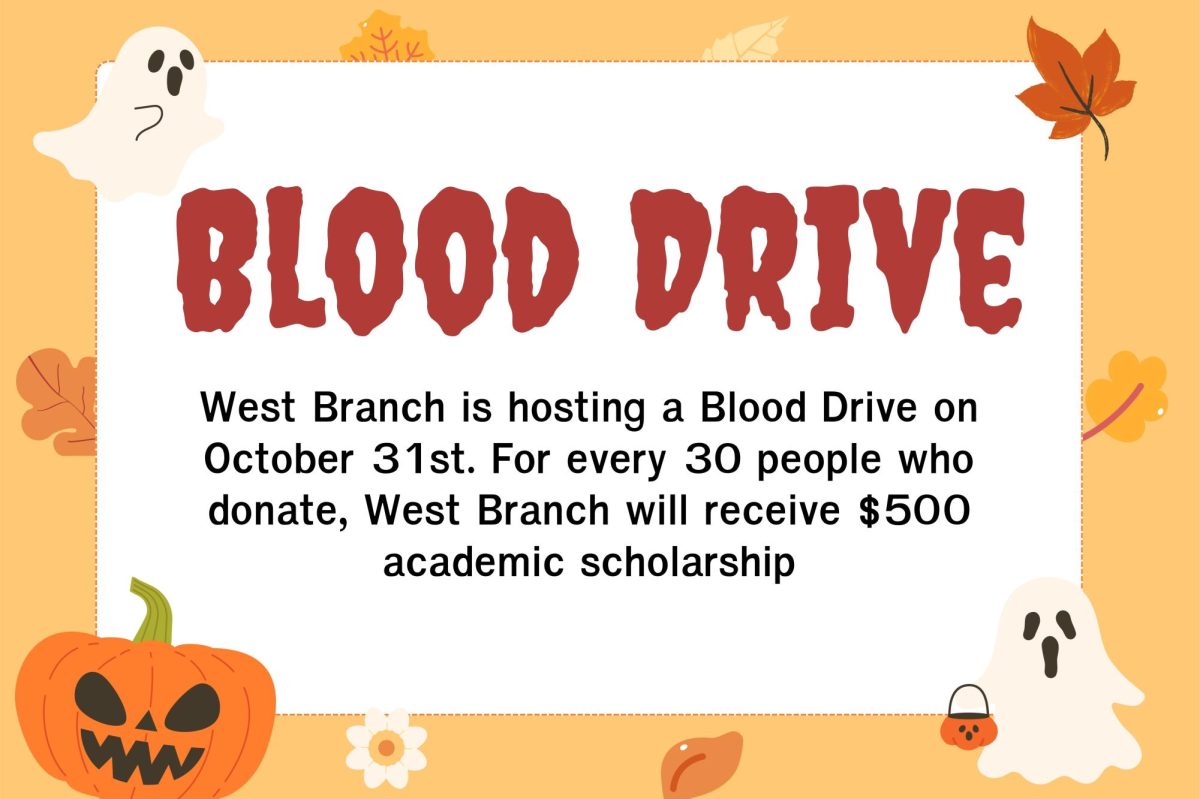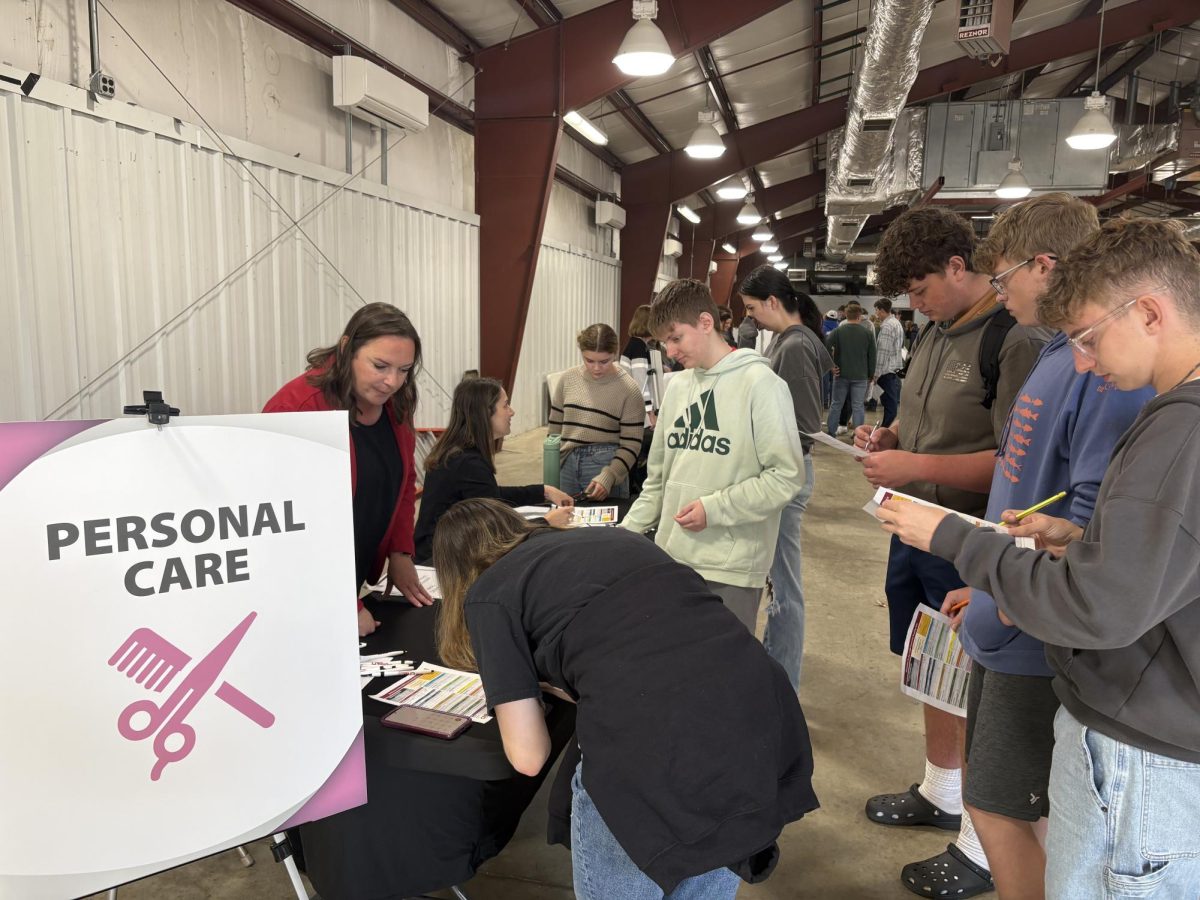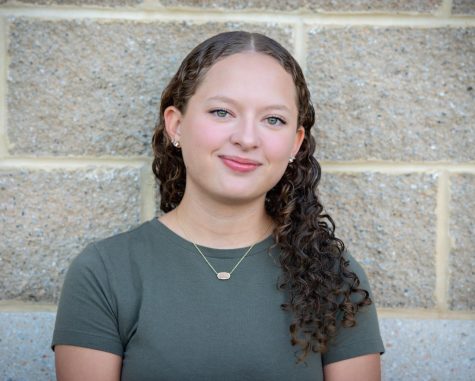Students at West Branch are getting the opportunity to work with an E-mentor to figure out their future career plans. This program is a Career Writing requirement, but students can also use it toward graduation requirements. Mrs. Levonick and Mrs. Dickson teach the Career Writing course.
The e-mentoring program matches each student with a person who works in their selected career or career field. After doing many career-exploring activities in the class, the student can then pick a job they want to pursue or a career that interests them. Once they decide, the teacher, Mrs. Levonick or Mrs. Dickson, finds the best match for that student. After being matched up with a person in their chosen career, the student can communicate with that person via email. This program allows students to talk one-on-one with their mentor and get any questions answered by someone who has experienced the career and journey to get there.
The student can ask any questions that will help them further their understanding of the career they are exploring. Some questions could include the education requirements, daily tasks, or salary. Students could also ask questions about what their mentor likes about the job, the complex parts of their career, or even the pathway they took to obtain their position. Overall, the student should ask the essential questions to help them learn more about the career or field they are considering pursuing.
“The e-mentor program is a great way for students to connect with someone working in their field of interest and get some candid responses on the ups, downs, and multiple pathways to their career. I think it’s a really important step in making post high school decisions.” -Mrs. Levonick
Before the e-mentoring program, West Branch required seniors to job shadow for a career they were seeking. However, due to complications with clearances needed by the participants of job shadowing, e-mentoring became a more accessible –but still effective– option for students.
Overall, the e-mentoring program helps students better understand future career options so that they become more confident and comfortable in their decisions. Mrs. Levonick says, “hopefully this program can make what can be a stressful and confusing process of choosing a career path, easier for the students.”



